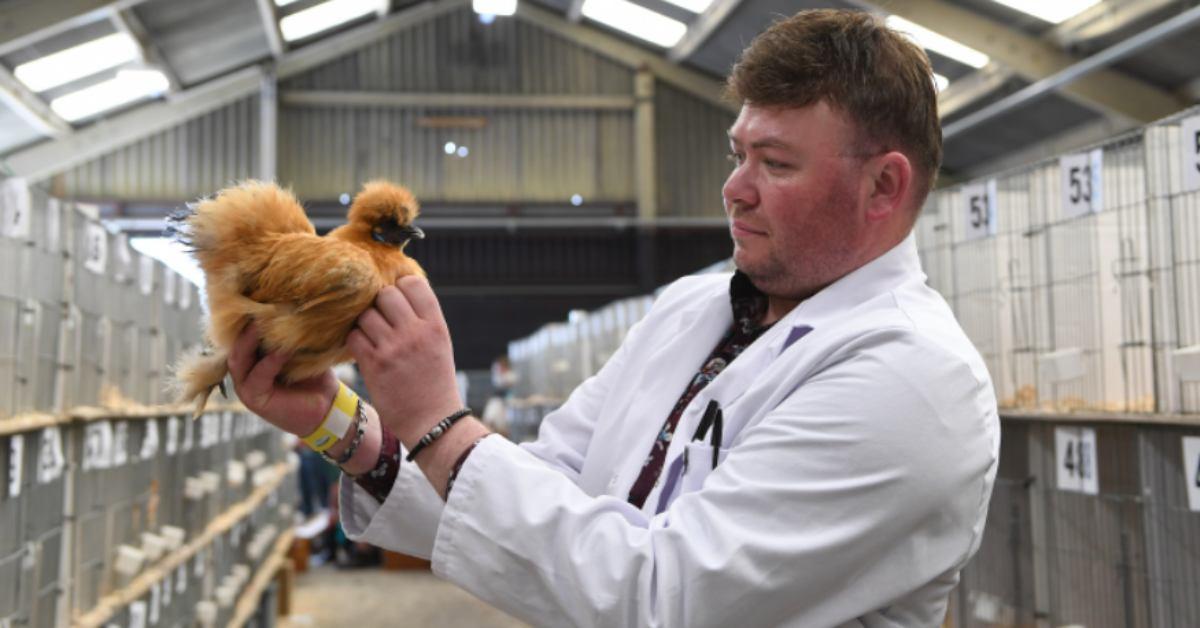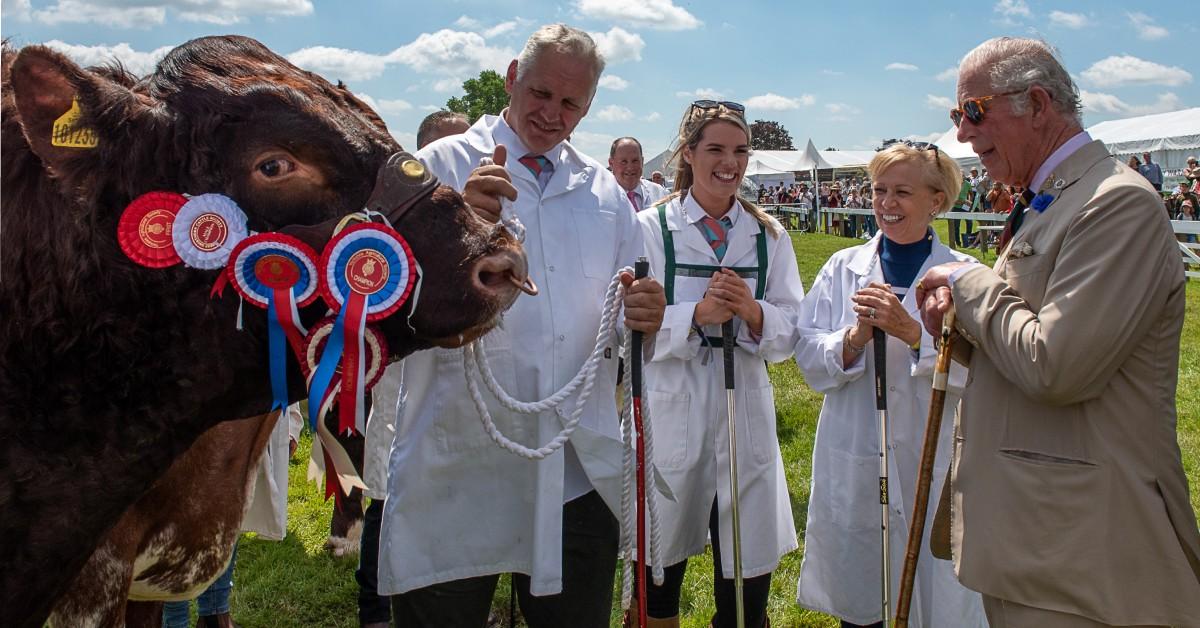Subscribe to trusted local news
In a time of both misinformation and too much information, quality journalism is more crucial than ever. By subscribing, you can help us get the story right.
- Subscription costs less than £1 a week with an annual plan.
Already a subscriber? Log in here.
13
Jul 2024
'It's very Yorkshire' - the tradition of showing livestock at agricultural shows

As the Great Yorkshire Show draws to a close for another year, the rural show season across the Harrogate district is only just beginning.
There’s something quintessentially British about these events; an eclectic mix of tractor displays, food stalls and unique competitions – think Borrowby Show’s Yorkshire Pudding Throwing World Championships.
Another long-standing feature of many rural shows is the showing of livestock. This summer, prize animals across the region will be primped, preened and prepared to be judged.
Watching sheep, cows and pigs being paraded around a ring is an established family tradition, and an enduring way of country life.
A brief history
While keeping livestock is a practice as an ancient as civilisation itself, the modern idea of the agricultural show can be traced back to the 18th century.
Primarily organised by agricultural or breed societies, the original intention of these shows was to present the work of the British farming community and promote best practice in livestock breeding and crop production.
It wasn’t long before a competitive element was introduced; records show that the first ‘ploughing match’ was held by the Odiham Agricultural Society in Hampshire as far back as 1783.
Today, findings by the Association of Show and Agricultural Organisations (ASAO) suggest that while most shows take place in spring and summer, the collective volume of events held adds up to around 400 days – that more than one show for every day of the year.
Did you know? One of the first known agricultural show in the UK was held by the Salford Agricultural Society, Lancashire in 1768.

A judge inspects a chicken at the Great Yorkshire Show
Livestock competition
The competitive showing of animals contributes heavily to what many have come to expect from a rural show, and is a huge draw for visitors and breeders alike.
Typically, these have been cattle, sheep, pigs and horses but in recent years there’s been a few more unusual additions – such as llamas, alpacas, goats and even rabbits.
Animals are judged on phenotypical traits specific to their breeding standard. While there are some non-negotiable characteristics, other qualities can be subject to current breeding trends.
For example, while it's now fashionable for Gloucestershire Old Spot pigs to have more rather than less spots than their predecessors, a Highland cow without a full, bushy forelock won’t meet the requirement threshold.
Charles Mills, Great Yorkshire Show director, explained:
Producing the best animals, whether cows or sheep, pigs or goats, is a labour of love for farmers and is often carried down the generations, not only of animals but also the breeders as each farmer tries to maximise the positive traits of the animals they produce.
We are lucky enough to have some of the finest animals from across the UK competing in the rings at the Great Yorkshire Show every year.
The show provides a shop window for farmers so that others can see the results of their work and consider how that might fit in with their own breeding programmes as they strive to improve their own flocks or herds.

King Charles visiting the Great Yorkshire Show in 2021.
A family tradition
The popularity of livestock showing has endured over the years, passed down the generations of many farming families to keep the tradition alive.
One such family is the Triffitts, a dynasty of farmers who have shown their pigs at the Great Yorkshire Show for more than six decades.
The first relative to exhibit at the show was Joseph Triffitt, a pork butcher from Fulford who took part in the event in the days when it moved around the region.
13 year-old Alfie Holding is one of the fifth generation descendants to carry the baton; last year he took second in the Junior Young Handler class and was awarded two firsts alongside his mum Charlotte for their showing of Gloucestershire Old Spots and Large Blacks.
Alfie’s grandmother Trisha Horsley said:
We all have a huge love for pigs and, as the family has grown, this has expanded to include different breeds, many of them rare breeds.
Pigs are amazing animals, and I would urge anyone who has never been up close to one to come and visit the pig rings – they will love it.

(L) Trisha with her family (R) Alfie in 2019
Another family who’ve had plenty of multi-generational experience showing animals is the Parkers, whose farm outside of York has been in operation since the 20th century.
While primarily arable farmers, they’ve kept sheep and cows over the years – and have been known to participate in some of the local rural shows.
Speaking about her experience of her family showing animals, Rachel Otter, née Parker explained:
Showing animals is still an important part of rural life, because it brings together all ages and generations of the farming community and can be a great teaching experience of showmanship for everyone.
It also allows members of the public to enjoy and understand what farmers and their animals do. I know it's not, but it feels very Yorkshire doesn't it?
0